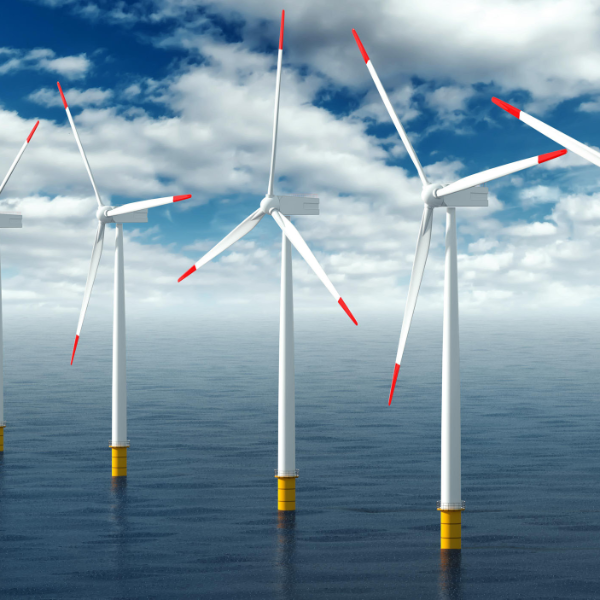Wadden islands wind farm connection
Wind farm supplies 700 MW, enough to power seven hundred thousand households

Wadden islands wind farm connection
Grid manager TenneT is constructing a wind farm in the North Sea to the north of the Wadden islands. This new wind energy area will be linked to the Dutch high-voltage grid in an alternating current connection. Establishing the connection is the ‘Net op zee Ten noorden van de Waddeneilanden’ (NOZ TNW) project, worked on by Witteveen+Bos on behalf of TenneT.
Rianne Albers-Schouten, Senior Adviser from Witteveen+Bos: ‘This wind energy area will deliver a capacity of around 700 MW, sufficient to power some seven hundred thousand households. That’s a significant step towards a more sustainable energy supply. The connection project comprises an offshore platform, two underground cable circuits and an onshore transformer station. The cable route has a total length of between 95 and 120 kilometres, depending on the chosen route.’
Route alternatives
TenneT is seeking the most desirable route to one of the three connection locations: Burgum (Friesland), Vierverlaten (Groningen) or Eemshaven (Groningen). Three route alternatives are being investigated for each connection location. Six sites are also being investigated for the realisation of a new transformer substation.
'We collected as many insights as possible from the surrounding area, with, for example, work sessions with professional stakeholders and walk-in meetings for residents. These have been taken into account in the development of the route alternatives' - Rianne Albers-Schouten - Witteveen+Bos
Witteveen+Bos is working on the development of alternative routes for this project, drawing up the Scope and Detail level memorandum and EIA, the integrated effects analysis (IEA), a project website, environmental management, and the technical elaboration of the alternative routes. This brings together many of Witteveen+Bos’ different disciplines. The minister will make a choice on the basis of the IEA and the advice of the regional parties.
Community participation
Considerable attention is also paid to the involvement of the surrounding area. Rianne: ‘We have gathered as many insights as possible from the surrounding community, including work sessions with professional stakeholders and walk-in meetings for residents. These insights have been taken into account in the development of the route alternatives. Of course that’s not yet finished. Depending on the chosen preferred alternative (VKA in Dutch), we will of course discuss the plans with the surrounding community again.’
Once the minister has chosen the VKA in October 2020, Witteveen+Bos will develop it further for the integration plan and the permit applications. The project must be completed in 2027 so that the energy supplied from the wind energy area can be tapped on time.
More Information?
